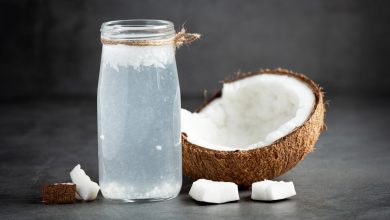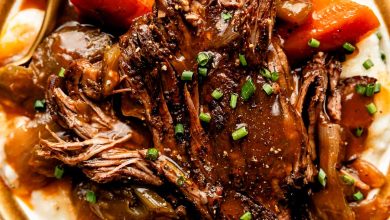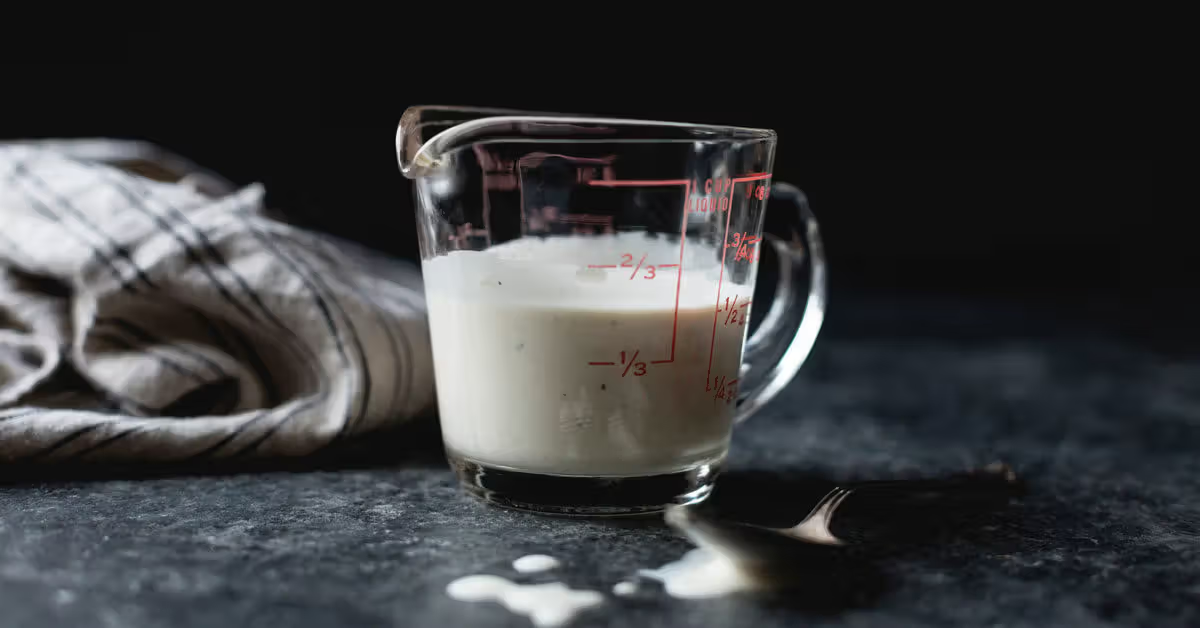Nutritious Dry Pasta: Key Ingredients, Health Benefits, and Nutritional Info
Pasta (Dry) – Nutritional Information & Overview
When it comes to pasta, whether it’s part of a classic Italian dish or a simple weeknight dinner, its nutritional profile is an important aspect to consider. Pasta is a staple food that provides essential carbohydrates for energy and is also a good source of proteins, fiber, and several vitamins and minerals. Below, we explore the nutritional details of dry pasta, giving you a comprehensive look at what it brings to the table.
Ingredients & Nutritional Information
| Nutrient | Amount per 100g |
|---|---|
| Energy (kcal) | 371.0 kcal |
| Protein | 13.04 g |
| Total Fat | 1.51 g |
| Saturated Fats | 0.277 g |
| Carbohydrates | 74.67 g |
| Dietary Fiber | 3.2 g |
| Sugar | 2.67 g |
| Calcium | 21.0 mg |
| Iron | 3.3 mg |
| Magnesium | 53.0 mg |
| Phosphorus | 189.0 mg |
| Potassium | 223.0 mg |
| Sodium | 6.0 mg |
| Zinc | 1.41 mg |
| Copper | 0.289 mcg |
| Manganese | 0.917 mg |
| Selenium | 63.2 mcg |
| Vitamin C | 0.0 mg |
| Thiamine (B1) | 0.891 mg |
| Riboflavin (B2) | 0.4 mg |
| Niacin (B3) | 7.177 mg |
| Vitamin B6 | 0.142 mg |
| Folate (B9) | 18.0 mcg |
| Vitamin B12 | 0.0 mcg |
| Vitamin A | 0.0 mcg |
| Vitamin E | 0.11 mg |
| Vitamin D2 | 0.0 mcg |
Allergen Information
Dry pasta typically contains gluten, which makes it unsuitable for individuals with celiac disease or a gluten intolerance. It may also contain traces of egg depending on the variety, so it’s important to read the labels if you have an egg allergy. For those with specific dietary restrictions or sensitivities, gluten-free pasta options are available.
Dietary Preferences
Dry pasta can be enjoyed by various dietary groups, but it is particularly suitable for individuals looking for an energy-dense carbohydrate source. Some pasta varieties may also be enriched with additional vitamins and minerals, making them a good option for those seeking to boost their nutrient intake.
- Vegetarian & Vegan Friendly: Most dry pasta varieties are free of animal products, but those made with egg should be avoided by vegans.
- Gluten-Free Options: Available for those with gluten sensitivity or celiac disease.
- Low in Fat: Pasta is generally low in fat, which aligns with various heart-healthy and weight-conscious diets.
- High in Carbs: Ideal for individuals needing energy boosts, such as athletes or those following a high-energy diet.
Advice & Tips
While pasta is a versatile ingredient that can be incorporated into a variety of dishes, it’s important to balance it with other food groups to ensure a nutritious meal. For instance, pair pasta with a mix of vegetables, lean proteins, and healthy fats for a well-rounded dish. Additionally, be mindful of portion sizes as pasta is calorie-dense, especially when paired with rich sauces or cheeses.
For those watching their sodium intake, it’s important to control the amount of salt used in pasta water or in accompanying sauces. Opting for whole wheat or enriched pasta varieties can also boost fiber and nutrient content, providing more health benefits than regular white pasta.
Conclusion
Dry pasta is a pantry staple loved for its versatility, quick cooking time, and ability to pair with virtually any cuisine. With a solid nutritional profile that includes carbohydrates, protein, fiber, and essential vitamins and minerals, pasta remains a reliable choice for many looking for a satisfying and balanced meal. Whether you’re making a classic spaghetti dish, a hearty pasta salad, or a baked pasta casserole, it’s always a good idea to complement it with a range of fresh ingredients to maximize its nutritional potential.








